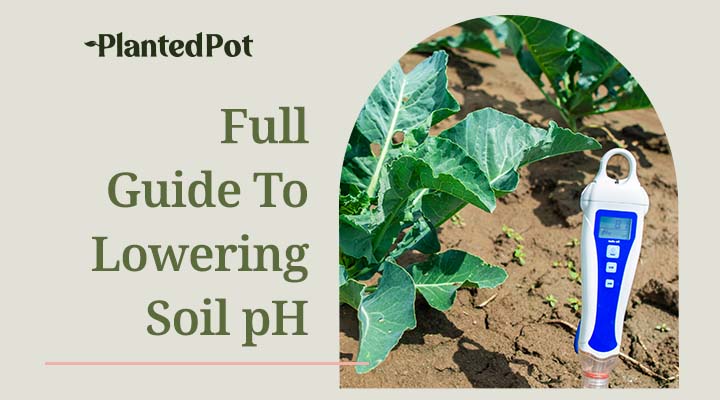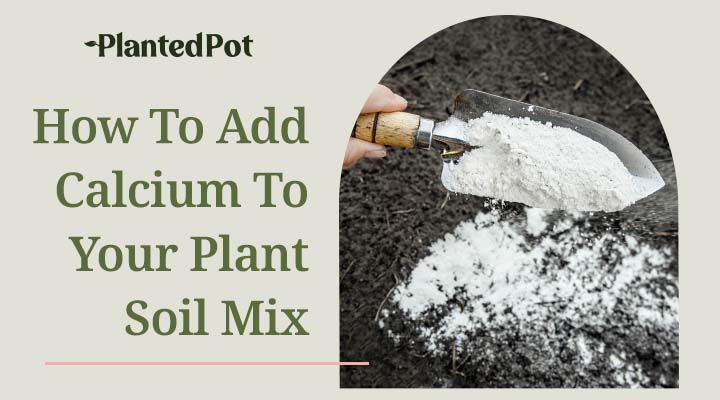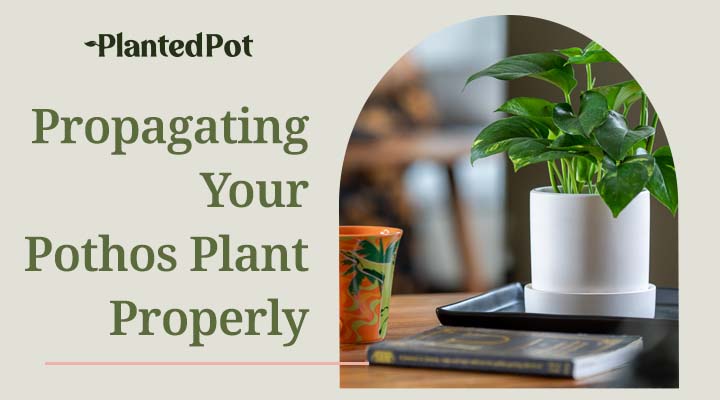
Best Soil For Succulents: A Secret Guide To Succulent Excellence
Home / Best Soil For Succulents: A Secret Guide To Succulent Excellence
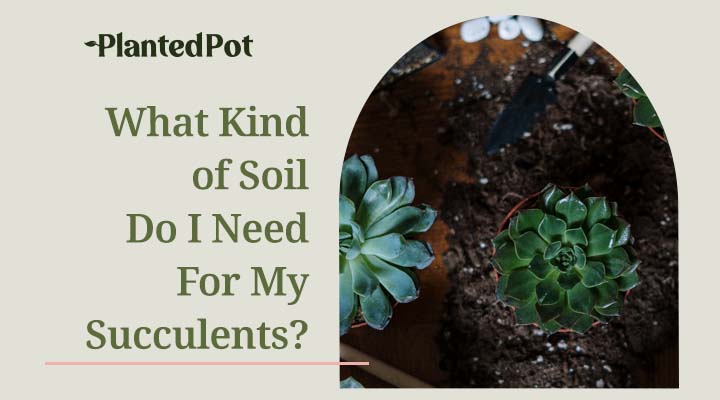
Best Soil For Succulents: A Secret Guide To Succulent Excellence
- Greg Poblete
- September 1, 2021
- 10:22 am
- No Comments
If you have been looking high and low for the best soil for succulents but have found little luck, you have come to the right place. Although succulents are fairly low-maintenance plants — requiring little watering and erratic hot temperatures to grow well — they still require a specific succulent soil to thrive. Even if you are just a beginner gardener, you should have no issues following these tips to see your little cactus or aloe plant grow!
Let’s take a look at the type of soil you will need for your succulents, what happens if you use potting soil not meant for succulents, and other information you need to know about succulent soil.
Does Soil Type Matter With Succulents?
Although the most important part about taking care of succulents revolves around a proper watering schedule and temperature, the type of soil you choose is crucial for their growth. Having the right potting soil for your succulents ensures your plant grows big and healthy with consistent watering. The right soil mix may help prevent root rot and other fatal issues.
The type of soil you use for your succulents matters because it determines how much water is retained. Whether in a pot indoors or outdoors or planted right in the ground, the succulent soil is important to maintaining proper drainage.
Can I Repot My Succulent in Regular Potting Soil?
The most important thing to keep in mind when finding potting soil for a succulent is the ability to drain. Many compositions of regular potting soil are too organic and may retain too much water for a succulent. When too much water is retained, a succulent can rot and potentially die out.
Many standard potting soil mixes contain nutrients in compost or fertilizer, which are not suited for succulent plants. If you try to use a regular potting soil mix with your succulents, you may make it work by adding perlite or pumice to the mix. This will help the potting soil drain better and hold in less moisture.
Related: How to Repot a Plant: Complete Step-by-Step Guide

What Happens if You Use a Soil That Isn’t for Succulents?
Standard potting soil is slightly different from succulent soil and contains different nutrients created specifically for other plants. With succulents, they are a unique set of plants that thrive in very specific conditions. They do not need to be watered as often as other plants — they can survive in the heat, remember! — so the potting soil they use should accommodate for these differences.
If you use potting soil that isn’t specifically made for succulents, your plant may have difficulty draining its moisture leading to excess water. When succulents are watered too much, this may lead to the plant rotting and ultimately dying out.
What Makes a Good Soil for Succulents?
When searching for a good succulent soil mix, there are a few things that you should have in mind while shopping. Of course, you want to find well-draining soil that can absorb the water from your succulents and cacti. However, there are a few other external factors that may impact your soil choice.
Indoor vs. Outdoor
Whether you want to prop your cactus up in your home office or you want to place your succulent in the garden to absorb the heat, an indoor versus outdoor setting is important when choosing a potting mix. When placed outside, your succulent plant may soak up the heat and naturally drain the water quickly than if placed inside your home.
This means that you don’t necessarily need the strongest potting mix to help with draining since it is naturally happening. However, if your succulent is in your home, you may need well-draining soil to ensure your plant doesn’t stay moist for too long.
Organic vs. Non-organic
Another thing to keep in mind when shopping around for soil for succulents is whether you want the ingredients to be organic or not. If you have skepticism about the chemicals used inside certain potting mix bags, it is best to opt for an organic soil mix. Generally speaking, organic soils are more expensive than non-organic ones, but they can be better for your plant in the long run.
Soil vs. Mineral Ratio
Every potting mix has a combination of organic substances and minerals. However, succulent soil has more mineral content than soil, so that it can help with drainage. Organic substances absorb water and provide nutrients to the plant roots, so it is best to find a soil mix that contains fewer organic substances. It is best to look for soil with a sandy texture that will promote the drainage of water.
Aside from these factors, there are a few potential ingredients you should look for when picking up a potting mix. These ingredients can help with moisture retention and keep your succulent dry and happy.
- Bark shreds
- Clay
- Coconut coir
- Compost
- Manure
- Peat moss
- Sphagnum moss
- Straw
- Vermiculite
However, if you want to ensure your succulents and cacti are truly happy, you can create your well-draining succulent soil from scratch.
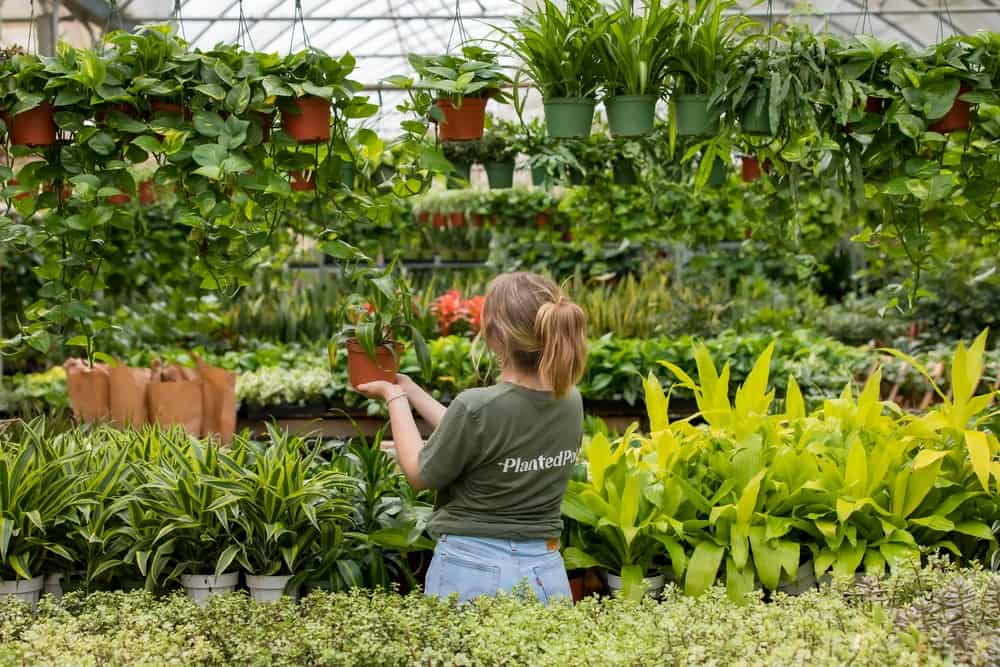
Best Soil for Succulents
As mentioned before, drainage is one of the most important things that make for good succulent soil. Succulents are used to living in dry, humid areas like the desert to survive droughts. For other types of plants, absorbing water is important because it mimics the environment they were cultivated, such as the rainforest, where it is wet and humid.
Watering any plant is crucial to its survival, especially a succulent. However, succulent plants tend to need less water than the average plant, reflecting in its potting soil. This soil should be reminiscent of the dry and warm environment that these plants are accustomed to living. With that being said, here are some of the best components you can use to make for a good soil recipe.
All-Purpose Potting Soil
The best place to start making your succulent soil is a well-draining potting soil with little moisture. Avoid using heavy garden soils or a potting mix that contains vermiculite because they will usually retain water. It’s best to use light, porous soil as the base of your succulent soil.
Coarse Sand
The next step is to add a bit of coarse sand to the succulent soil mix. Succulents grow best in a porous and dry area with sand, so adding coarse sand will make your succulent feel right at home. Almost any type of sand will work, but using coarse sand ensures faster drainage. It is recommended to use sand from a beach or sandbox because they may contain other contaminants that you don’t want your succulent interacting with. Turface or poultry grit can also make for a great sand alternative.
Perlite or Pumice
Perlite is an organic soil amendment in most potting mixes. It is a white, almost Styrofoam-looking mix that helps with retaining moisture and prevents soil compaction. This ingredient is perfect for succulent soil because it helps drain water faster which helps prevent the plant from drowning and leading to root rot.
When creating this soil recipe, you want to be consistent with the measurements to ensure you are not overfilling your soil with one ingredient. The best way to measure out potting soil mixes is by using the “part” method. If you measure out each ingredient using cups, 1 cup can be equal to 1 part, and so on.
You should use 3 parts potting soil, 2 parts coarse sand (turface or poultry grit), and 1 part perlite (or pumice) for this particular mix. This soil mix should help with proper drainage and maintain a healthy plant that will thrive for a while.
Final Thoughts – Best Soil for Succulents
Succulents are easy to care for. But finding the best succulent soil mix is important to maintain a happy and healthy plant. Whether you are shopping in stores or online for the perfect soil mix or want to make your mix from scratch, the most important thing to remember is to have ingredients that promote drainage. A dry succulent is more often than not a happy succulent.


